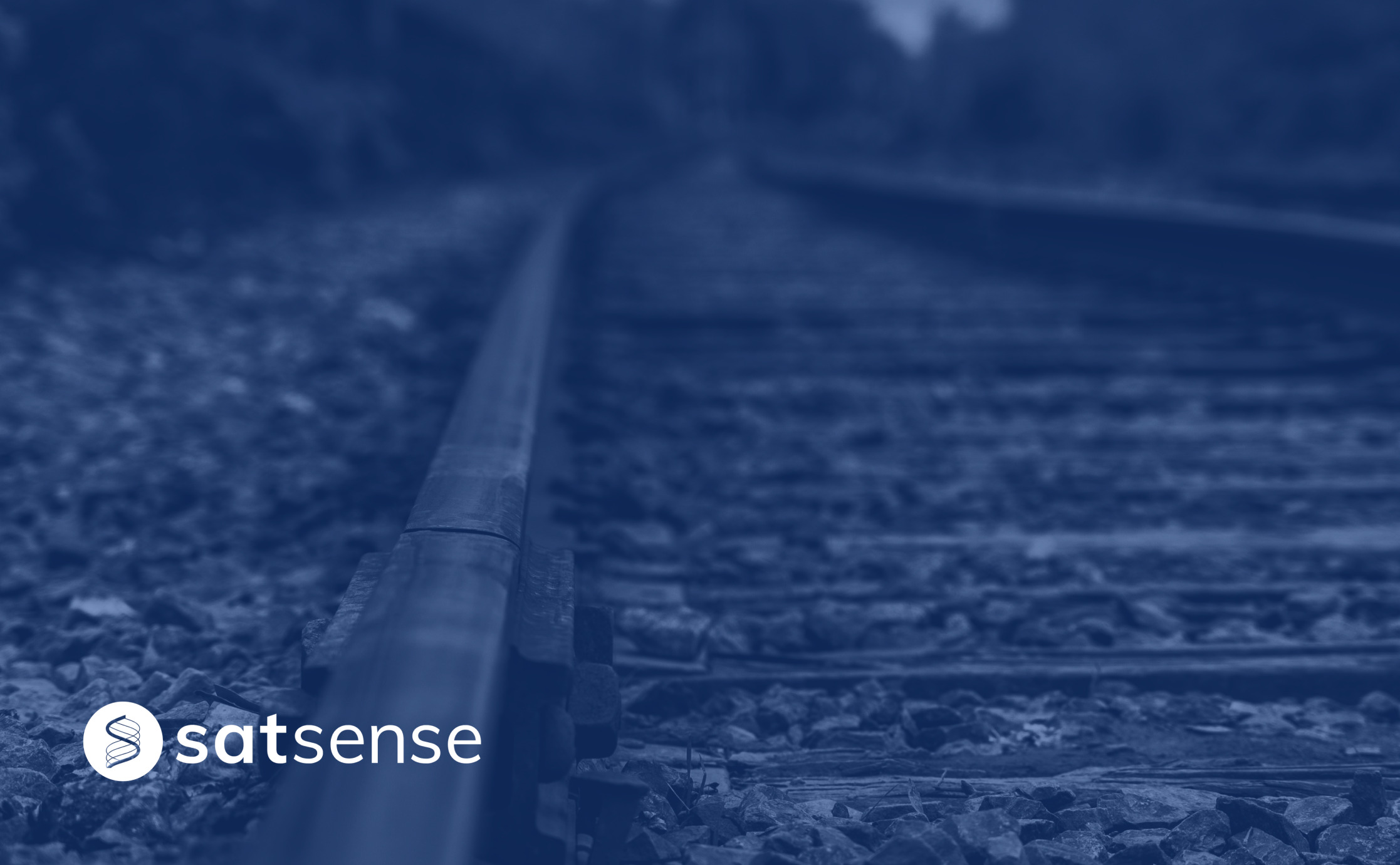Climate change is an alarming issue that has been brought to the forefront over the past decade. The need for systematic change within societies and systems is a key topic of discussion. Transportation infrastructure stability is affected by weather conditions, and due to the rapidly changing climate, it has created a vulnerable network. It is essential for operators to create a resilient railway, that can withstand the tide of changes.
Climate Change Causing Rail Chaos
The impact of climate change has been increasingly evident in recent years. The UK is seeing more regular ‘extreme’ weather events, which will continue to worsen if we don’t limit global warming to 1.5°C.
2020 saw the third warmest, fifth wettest and eighth sunniest year on record – the first year for all three variables to fall into the top 10. Weather trends point towards prolonged drier periods, followed by intense wet weather, which accelerates deterioration and pressure on ageing rail assets and drainage systems. Network Rail has expressed that climate change poses significant threats. Frequent and severe weather events will impact the ability to run trains safely and on time.
Can Wet Weather Wash Away our Rail Track?
Railways are susceptible to major weather events like flooding, severe storms, and landslides, which can lead to damage and movement of railway infrastructure and blocked lines. Many slopes along rail networks were built more than 100 years ago and are typically much steeper than what is permitted for modern transport today.
High rainfall may lead to landslides which can cause multiple elements of the infrastructure to fail. Debris and large obstructions might cover the tracks and wash away ballast that supports railway sleepers.
Given the steepness and deterioration of the rail infrastructure, retaining walls are required to retain the soil for stability. When the walls are constructed from discrete blocks, the internal structural integrity and the condition of the wall-soil interface is difficult to access and monitor. Then with heavy rainfall and high winds, failures can occur like those seen in 2014, when storm surges cut off the South West peninsular in
Devon from the rest of the railway network. The flood caused a 30m stretch of the sea wall to collapse and severely damaged the rail track. The repair cost Network Rail
£40-45 million.
Why do Heatwaves Cause Rail Disruption?
Whilst we may enjoy a summer heatwave, it can cause as many risks as a winter downpour for the rail network, like back in
2019, when a heatwave caused Network Rail to slow down and even cancel services, due to the soaring heat. Extreme heat can cause steel rail tracks to buckle and cause damage to the expansion joints on bridges. Expanding infrastructure places strain on rail anchors, ballasts and ties, meaning when they are under force the tracks may expand, bend or even break. According to Network Rail, tracks in direct sunlight can climb
20°C hotter than the air temperature. Other hot, dry weather problems can include shrinking of the soil, cracks and subsidence beneath the track, causing an unstable infrastructure.
Satellite Monitoring to Monitor Rail
Due to the increasing concern of climate change and its effects on the
rail network, InSAR can be deployed as a technique to continuously monitor infrastructure instabilities and subsidence risks. Integrating data streams from radar satellites, like Sentinel-1, allows us to remotely monitor the
extensive rail network from space, helping to reduce
monitoring costs and prevent costly damages.
Landslides, floods, and tracks buckling are major climate change risks. InSAR can be used to monitor the changes in ground movement before and after a sudden movement to gain insight into the significant effects of climate change. InSAR can provide insights into how the ground is behaving including velocity maps to monitor activity. Visual velocity points and their associated displacement history can identify the smallest movements, helping to direct personnel and resources to investigate high-risk areas. After a slope stability event in or around a track, the data can be used to back-analyse the failure, allowing asset owners to learn and apply the findings to other assets.
Remote satellite observation can monitor and visualise ground movements and subsidence along the rail network and also over the boundary fence. As the satellite orbits Earth, it emits an electromagnetic beam to the Earth’s surface, which is reflected from the ground back to the sensor. The data, which is updated weekly, yields mm/yr precision, to highlight areas of concern often not detectable by the eye, meaning rail asset managers can keep a close eye on their integral infrastructure, and maintenance services can be arranged accordingly.
As climate change intensifies, it is important that a comprehensive monitoring programme is used to detect and monitor areas posing a higher risk. Are you a rail asset manager looking to monitor ground movement that could be exacerbated by climate change?
Get in touch to find out how we can help!

